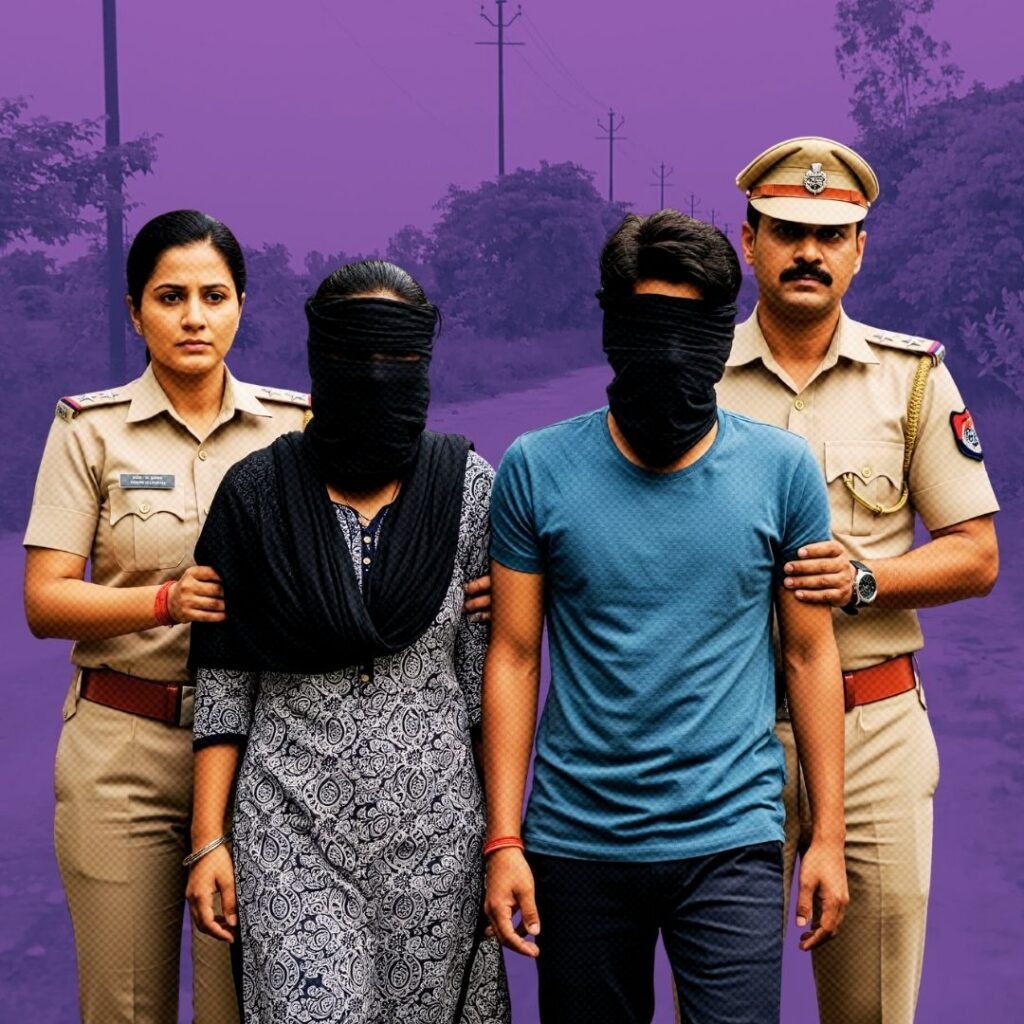With every passing day, more updates are surfacing about the tragic Sri Lankan Blasts that claimed at least 359 lives and left hundreds more injured in its wake. With arrests by state going up to the number 60, more information is surfacing about the identities of 2 of the 9 suicide bombers.
Suicide Bombers come from well-to-do families and are well educated
The Criminal Investigation Department of the country announced on Wednesday that “Most of them (the suicide bombers) are well-educated youth coming from the middle, and upper-middle-class families. One of them is believed to have got an undergraduate degree from the UK, and a post-graduate degree from Australia,”
India today named the Shangri-la suicide bomber as Inshaf Ibrahim (first identified), a copper factory owner residing on Mahawela Gardens. His father Mohamed Ibrahim, a wealthy spice trader is popular in the business community and is the father of six sons and three daughters. He is also reported to have been arrested by the police in the investigations surrounding the attacks. Insaf’s brother, Ilham Ibrahim is said to have detonated a bomb that killed him, his wife and the couple’s three children when the police raided the family home later on Easter Sunday after the blasts.
The ISIS claimed responsibility for the attacks on Tuesday (23 April) and released photos of eight people involved in what it called a ‘blessed attack’ on Christians on Easter which it stated as a ‘blasphemous holiday.’ The only unmasked face on the ISIS video released post the attacks has been identified as Zaharan Hasim.

He is seen holding an assault rifle in the video and is placed in the centre of the eight people. He is suspected by the government to be the leader of the coordinated series of blasts and one of the suicide bombers who detonated himself. However, forensic evidence from the blast site is yet to provide conclusive proof.
Zaharan is said to be a native of Kattankudy about 300 kilometres away from the capital Colombo and was known locally for his extremist views and powerful gripping oration. He is said to have led an extremist faction of the National Thoweeth Jama’ath (NTJ).
The Defense Minister on Wednesday said that the group responsible for the attacks is not the NTJ but a more radical splinter group which is said to have been headed by suspect Zaharan Hasim.
Both President and Prime Minister claim they “weren’t informed”
While the heads of the island nation maintaining that prior intelligence of attacks was unknown to them, Sri Lankans who lost their kith and kin are furious over the government’s inaction towards intelligence warnings.
The New York Times reported that the leader of the Catholic community, the archbishop of Colombo, Cardinal Malcolm Ranjith, said he would have told worshipers not to go to Easter Mass, had he known of the impending danger.
“Couldn’t we have prevented the situation?”
“Why wasn’t there any action?”
The agony doesn’t end there as religious tensions are spreading across the country where anti-muslim violence is on the rise: stones have been pelted on mosques and Muslim owned shops have been vandalised. Al Jazeera reported that Muslim civil society groups and associations: the All Ceylon Jamiyyathul Ulama, the Muslim Council, Jama’athe Islami, the Memon Association of Sri Lanka and Anjuman-E Saifi- all in a joint statement condemned the acts of terror and stated that the groups responsible for these deeds do not represent Islam or its beliefs.
The President in his first national address admitted to lapses on the part of the Sri Lankan officials. “I must be truthful and admit that there were lapses on the part of defence officials,” he said.
It is also believed that on Wednesday, President Sirisena asked Hemasiri Fernando, the defence secretary, and Pujith Jayasundara, the inspector general of police to resign.
However, he also maintains that he was kept in the dark. He acknowledged “there was an intelligence report about the attack,” which his subordinates had known about for many days, but he also claimed that he was “not kept informed.”
Sarath Fonseka, a member of Parliament who was an army chief in the last stage of Sri Lanka’s civil war, told Parliament on Wednesday that he knew about the memo, as did the national intelligence chief. He said it was “obvious that the letter would have gone to the President.”
The feud between Prime Minister and the President is not news in Sri Lanka and the Prime Minister similarly states he wasn’t given any information.
ISIS released a video Tuesday claiming, "these are the suicide bombers pledging allegiance to Islamic State"; one man featured, Moulvi Zahran Hashim, is a local extremist Islamist preacher who was already known to Sri Lankan intelligence https://t.co/vXk2eTz2Gw pic.twitter.com/u2UAiAiVml
— CBS Evening News (@CBSEveningNews) April 23, 2019











